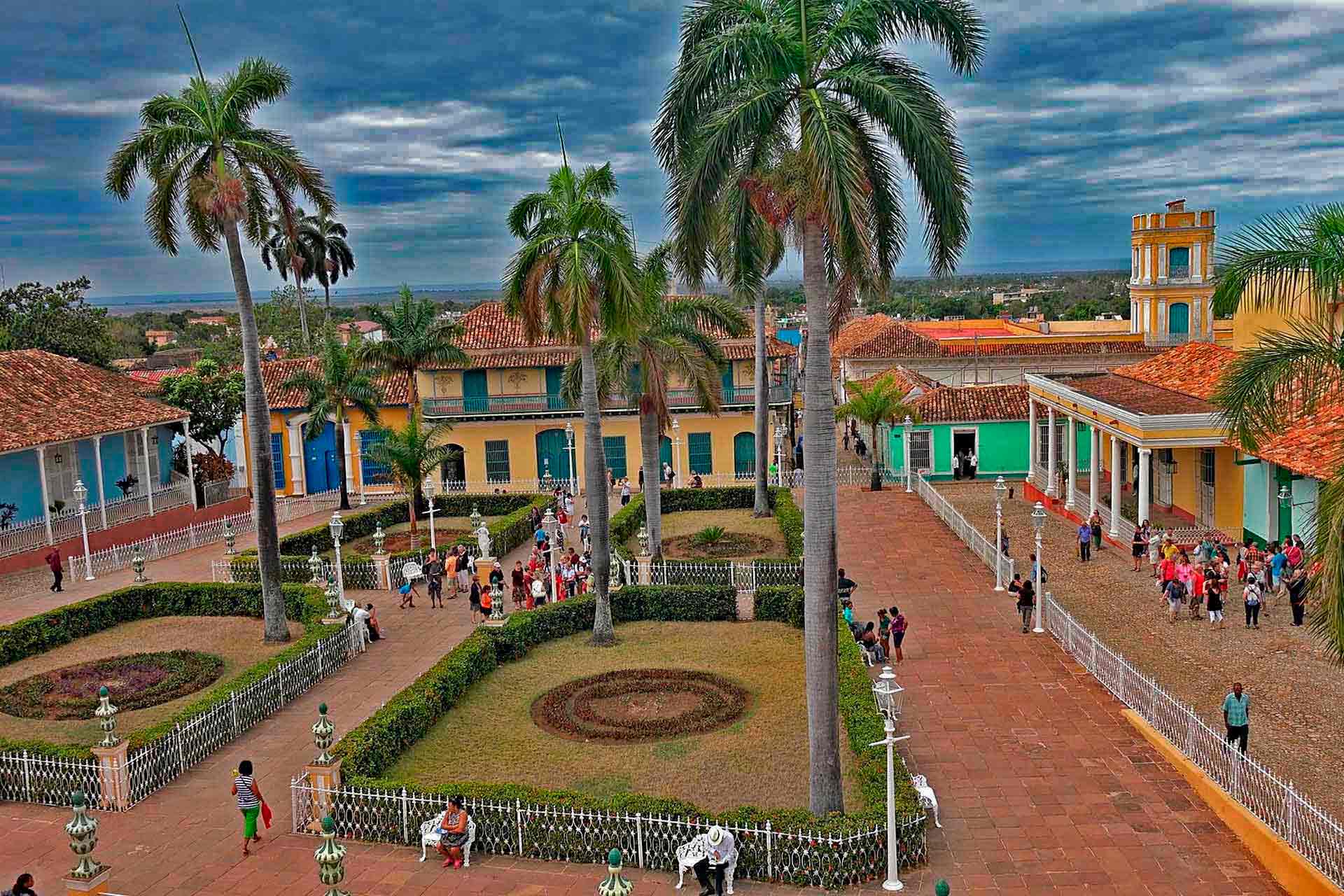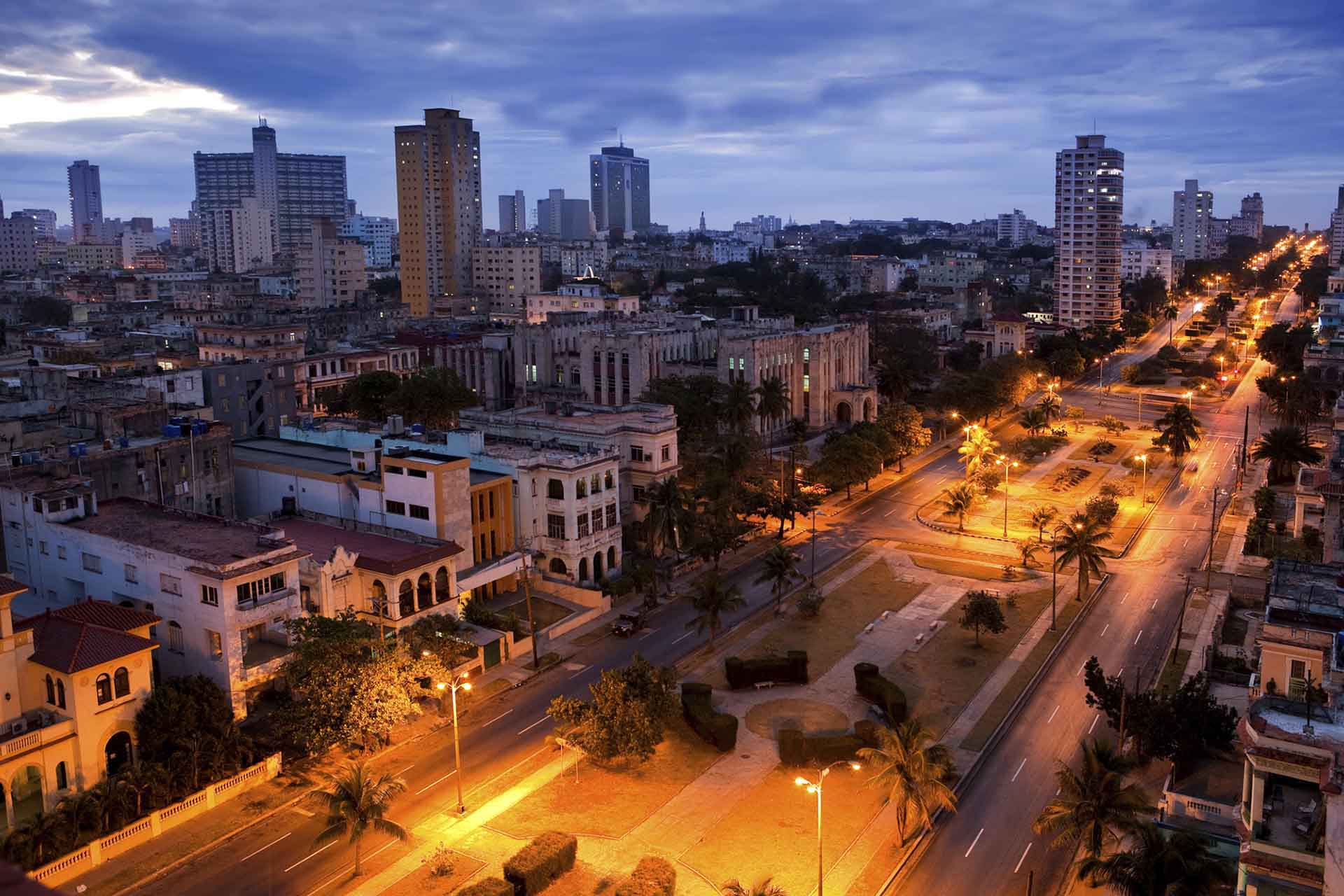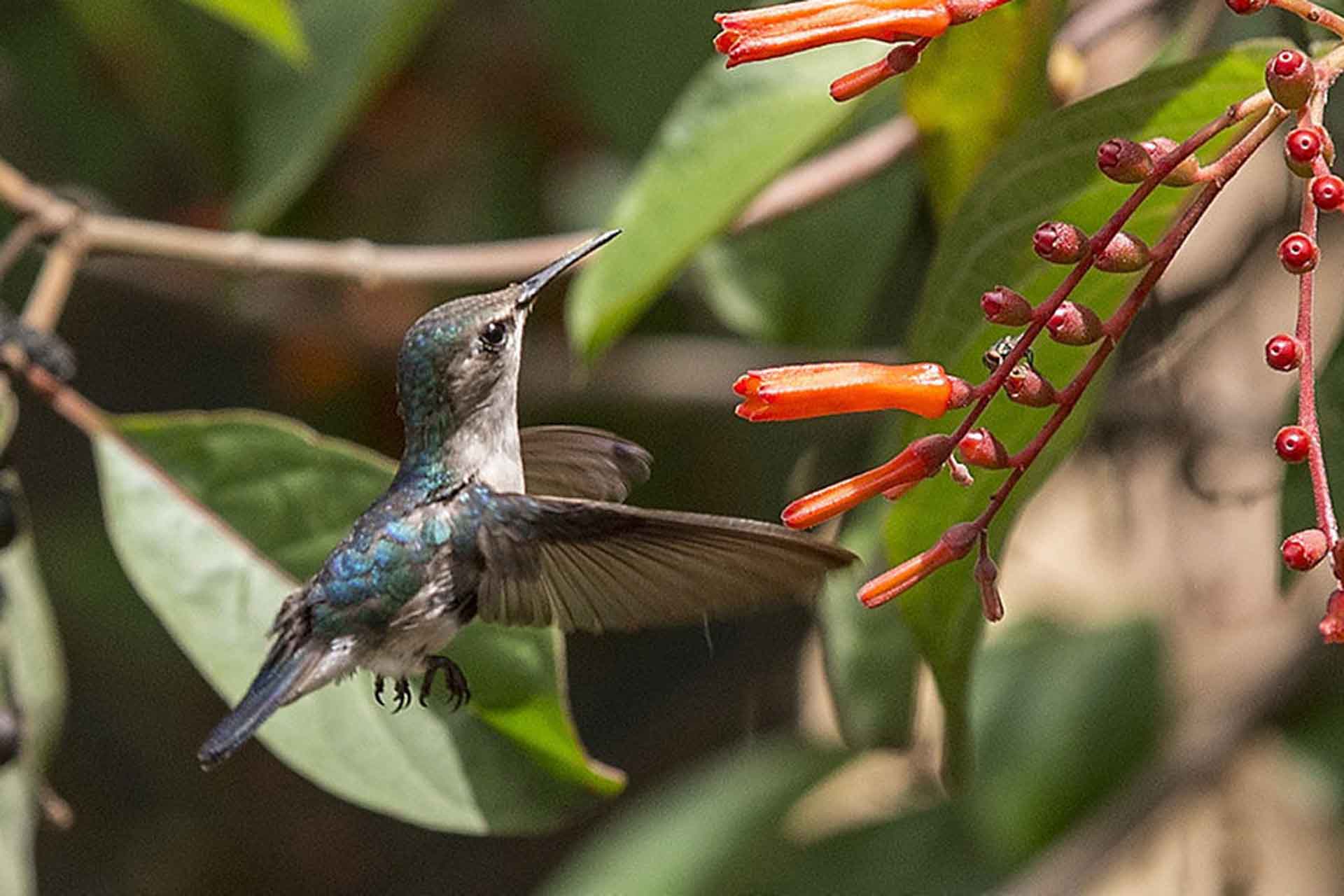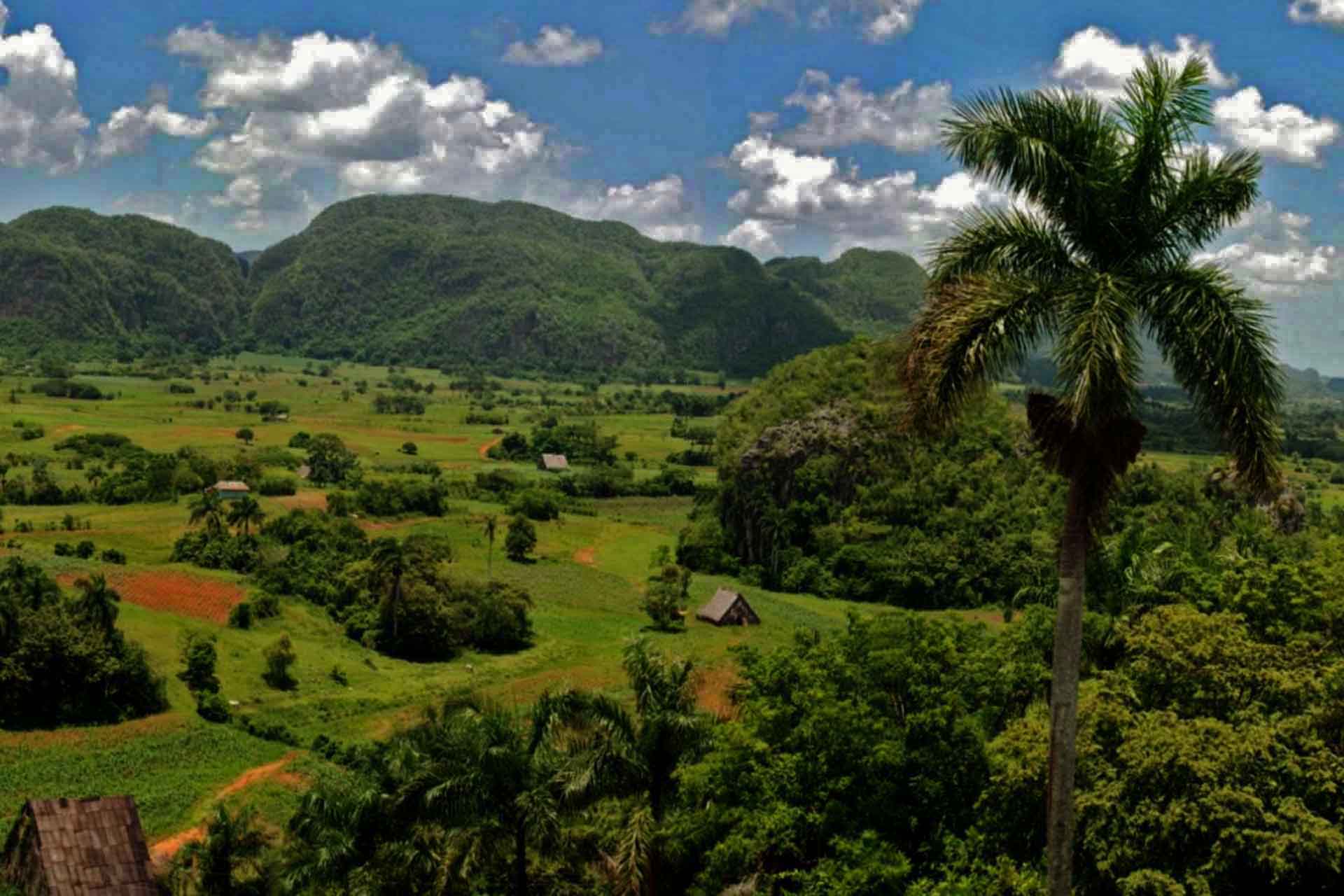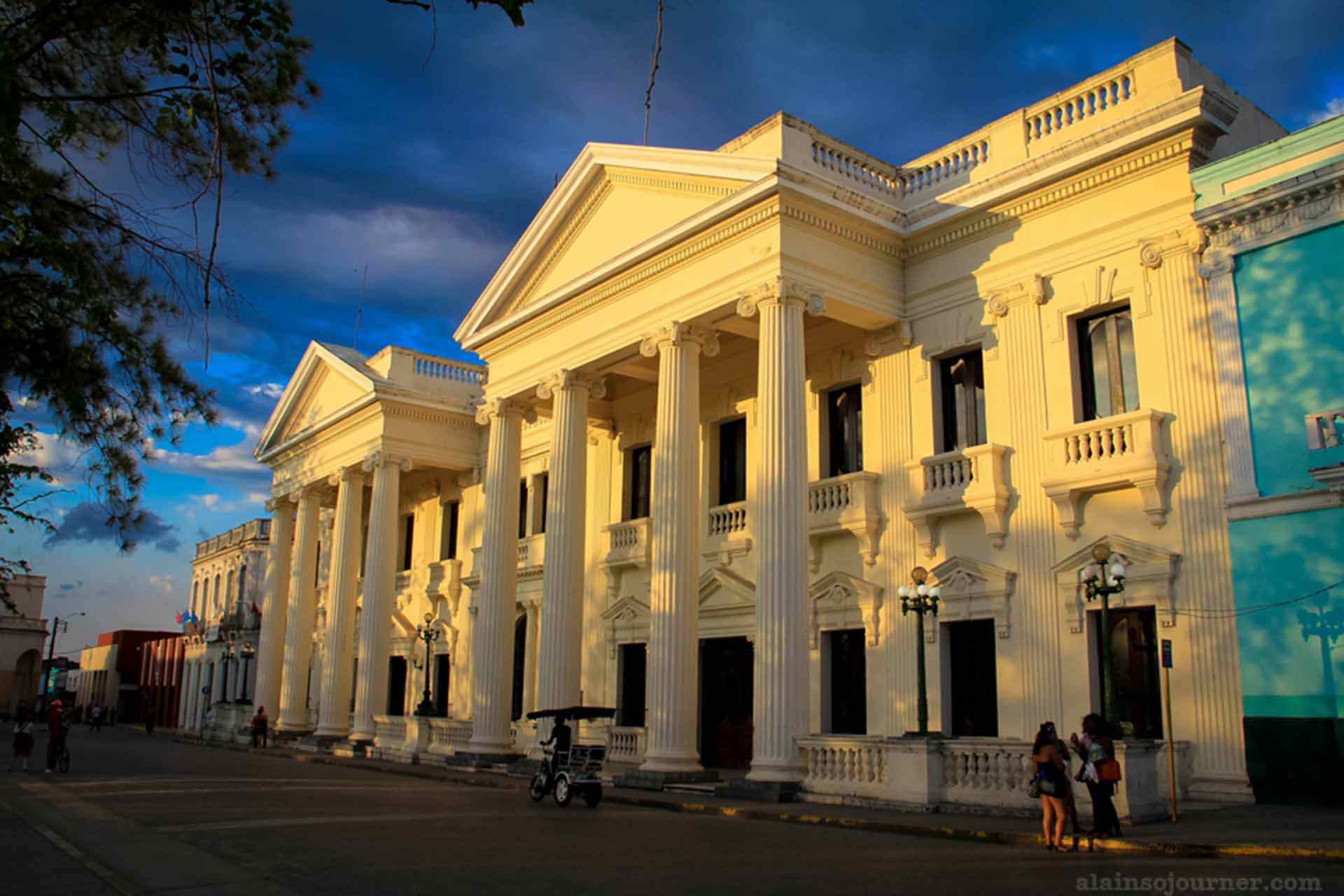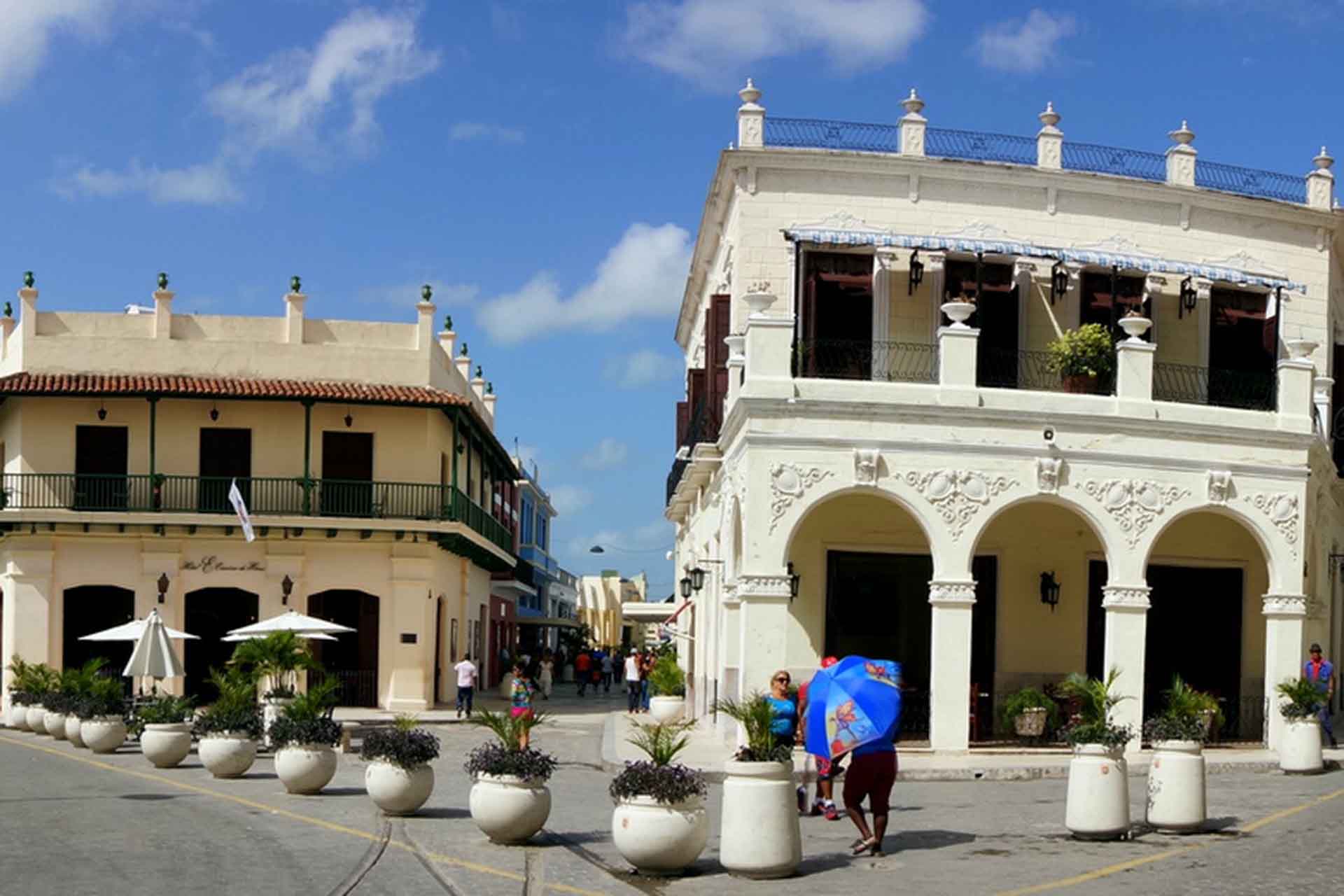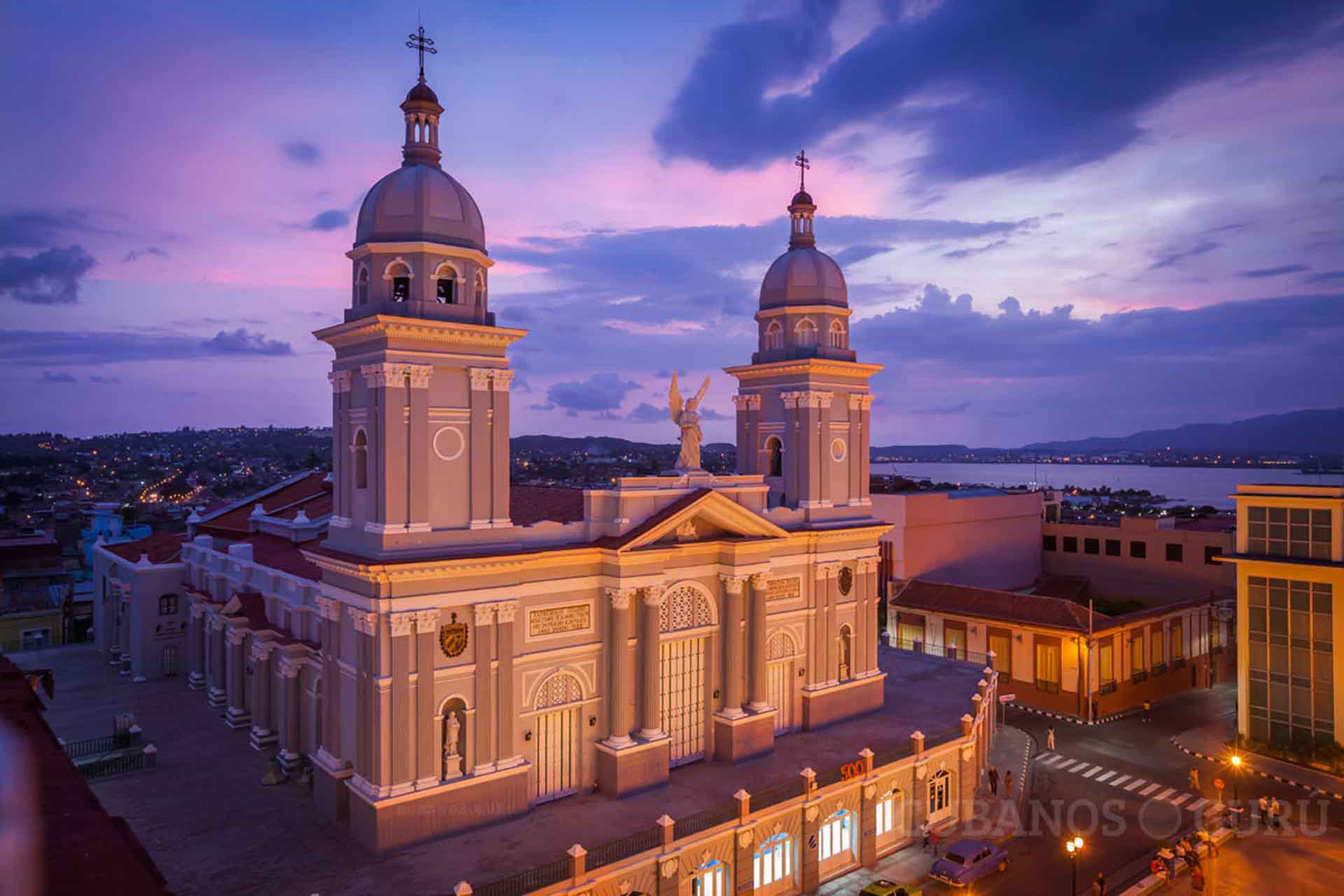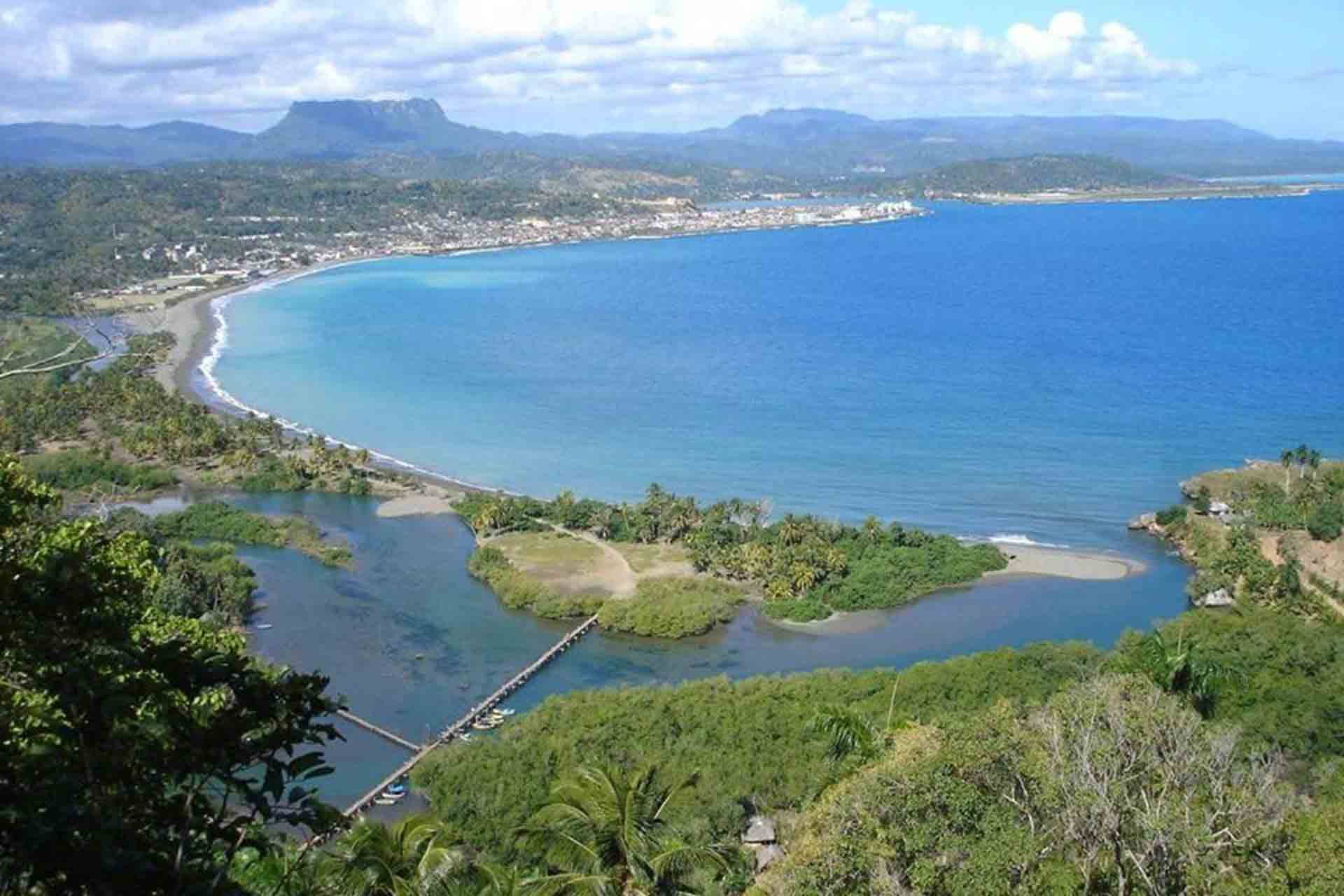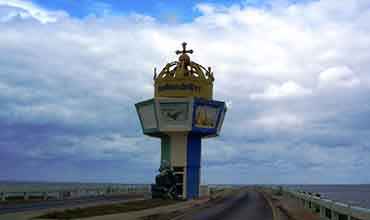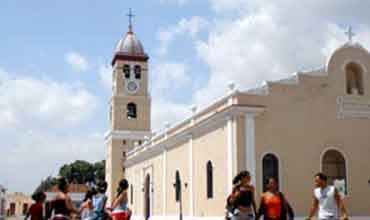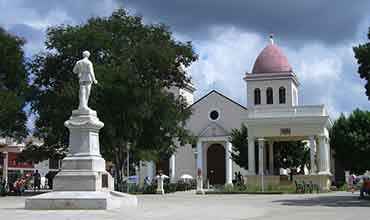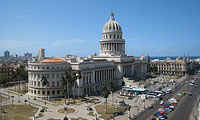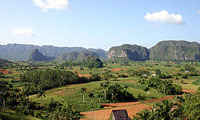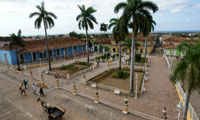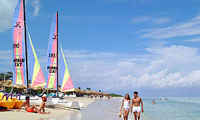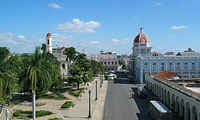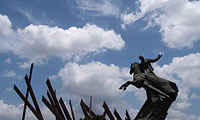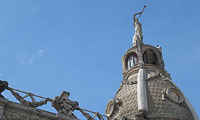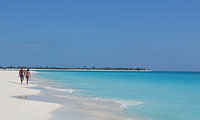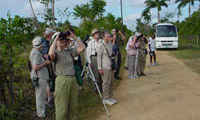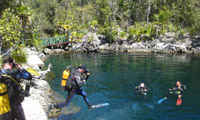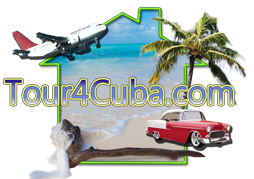Cuba is an infinitely fascinating country and undoubtedly different from most places you’ve travelled. If you’re planning your first trip, take on board these Cuba travel tips.
This web is the largest and friendly place to guarantee unforgettable holidays in Cuba. No reservation fees, no online payments. The payment will be done once you arrive your destination, directly to the people that will give you the services. Lots of tourists go on a package deal to areas such as Varadero, Jardines del Rey (Cayo Coco, Cayo Guillermo) or Holguin and stay in an all inclusive hotel resort. My best advice to you is to travel around the country, stay in Casas Particulares, where you will be a guest in a Cuban family's home. Hire a car or take the Viazul Bus, whatever, Cuba is easy to do on your own and much cheaper when you arrange it yourself, trust me. Have dinner in the casas, talk to the Cuban people, mingle with the locals and feel ... La Vida Cubana [Cuban Life].
Stay in a casa particular
If you want to get to know Cuba you’re going to need to get to know Cubans. There’s no easier way of doing this on a two-week trip than to stay in the Cuban version of a B&B, a casa particular. You’ll feel more like a lodger than a hotel guest, sharing the owners’ living space with them and, given the national penchant for chat, engaging with them in next to no time.
Forget the internet
As far as the internet goes, Cuba is among the most poorly connected countries in the world, with severe state restrictions on who and where gets access, dreadful connection speeds and no mobile broadband other than wifi. Unless you are staying in or near a top hotel, don’t expect to be able to connect with your phone at all. You might just be lucky enough to find one of the few public wifi spots or patient enough to queue at one of the small number of internet cafés – where the connection will be screen-gazingly slow and the rates usually exorbitant.
Plan your nights out
Leaving a night out to chance can be the making of a memorable one anywhere in the world, but in Cuba the chances are slimmer. Even in the holiday resorts, trying to find ‘the buzz’ or ‘the strip’, you’ll be on a hiding to nothing – there just aren’t enough venues and those that there are, in most towns and cities, are sparsely spread. Find out in advance where the night spots are, be prepared to spend some time travelling between them – especially in Havana where they are greater in number but dotted sporadically over a huge area (you’ll probably need to use taxis). If you find a venue you like, stick with it.
Know your pesos: men and monuments
The confusing dual currency system in Cuba has spawned a whole family of local scams so it pays to get to know one set of banknotes from the other. Cubans get paid in pesos, also referred to as national pesos; the faces of peso banknotes are printed with head-and-shoulders-pictures of Cuban heroes. You’ll pay for most goods and services in convertible pesos, twenty-four times more valuable than national pesos; depicted on these banknotes are national monuments but their values are printed as pesos, just like their counterparts. The words pesos convertibles only appears in a smaller font below the value. Paying in convertibles and getting change in nationals is the most popular trick and there are a few spin-off scams along similar lines. Just remember, twenty-four men equal one monument.
Always stash some cash
Cash is king in Cuba and you should never rely on credit or debit cards or travellers cheques for payments. For the majority of goods, services and businesses plastic is useless, whilst for all private enterprise, including paladars and casas particulares, only the paper stuff will do. Always withdraw money when you can. Cash machines are scarce, those accepting foreign cards even scarcer and problems with them are frequent; not all banks can process foreign currency transactions and the opening hours of those that can rarely extend to the weekend or past 3.30pm in the week, especially outside Havana and the beach resorts. From a security point of view it’s not ideal, but whenever you withdraw cash you’ll likely save yourself some hassle if you take out enough for at least a few days, especially on a road trip into the provinces.
Documentation required for travel to Cuba
Travel Insurance for Cuba.
You need to have travel insurance to enter Cuba. They do spot checks at Customs and if you can’t produce policy documentation, they make you buy insurance there. The credit card we use to buy flights has nominal travel insurance included. It doesn’t cover everything though but we took the gamble. We weren’t checked going into Cuba.
Print out any travel documents before you leave for Cuba.
Tech is really hard to come by in Cuba. If you need any travel documents while you’re in Cuba or for your next destination, print them before flying to Havana.
Visas for Cuba.
Most countries require a visa called a Tourist Card to enter Cuba. You can either buy yours through your local Cuban embassy or before checkin at a Cubana Air desk. Your airline may include the visa on the price of your flight tickets – you’ll still need to collect the visa at the Cubana Air counter before you check in.
Currency and Credit Cards
Cuban currency is not traded internationally, so you can’t buy it in advance. There are 2 currencies in use in Cuba – The CUC (Cuban Convertible Peso) which is the Tourist Currency and the CUP (Cuban Peso) which is the locals currency. The CUC is the only currency you will likely be using during your trip. You can only exchange your money into CUC’s once you are in Cuba. You can exchange your Sterling £’s at the exchange booth at the airport (but remember you could be holding your bus up if there is a queue)(one of you wait for the luggage whilst the other goes to the exchange) or most Hotels and Resorts have an exchange booth which offer an exchange rate much the same as the airport. You must make sure your GBP £notes are in good condition with no rips or writing or defaced as these can be declined, I would exchange a little cash at a time so as not have too many surplus CUC's when you leave or otherwise you will have to pay to re-convert them into £££'s. Remember to keep back a few cuc’s for drinks/food at the airport and your final tips!! REMEMBER you will need to exchange and put by 25 cuc’s per person ( in notes – no coinage accepted) for your exit tax. To get an idea of currency conversion take a look at this website, your destination currency will be CUC (not cup), you can print yourself a cheat sheet to keep in your purse/wallet to help with converting prices into £’s (you can also reverse the cheat sheet) print a copy just before you leave so that you will be comparing at more recent exchange rates.
Currency
Try and avoid US dollars since you will be subject to a 10% special additional tax/commission.
The best currencies are Euros, Canadian Dollars, or Sterling since these are the most common and the exchange rates are generally quire reasonable. Bear in mind that the CUC is pegged to the US Dollar (at 1:1) so a stronger US Dollar means a stronger CUC (and hence less CUCs for your Euros/Sterling etc.). Other currencies, which are universally accepted at banks or Cadecas, include the Swiss Francs (CHF), Mexican Pesos (MXN) and Japanese Yen (JPY).
There is no outright commission charged on transactions in cash although the exchange rate will generally be 3% worse than you would be charged on your credit card (for which you pay a 3% processing fee) so net you receive the same CUCs for changing 100 Euros in cash or 100 Euros on your credit card.
Exchanging Currency
The easiest place to change money is at a CADECA (change bureau) or at a Cuban *BFI Bank. The exchange rates in all CADECAS and all banks are identical so there is no need to shop around. Hotels often have CADECAS within their premises. If you change money at the hotel front desk you will generally receive a worse exchange rate then elsewhere.
Note: It is generally very easy to find the nearest CADECA and you should be aware that any Cuban who tries to persuade you that it is complicated or that he can provide you a better rate of exchange will probably be engaged in some sort of scam which is best avoided.
* There are 4 main banks in Cuba. BFI is the most reliable. You may be able to use other Cubans banks but these are less likely to be able to meet your needs since most operate mainly in Cuban Pesos. Always bring new bank notes, with no rips, tears or markings. All foreign coins are useless.
Make sure that you get a printed receipt when changing money.
Credit Cards
Cash is king in Cuba. Except in major hotels you should not count on paying for goods or services with a credit card anywhere in Cuba.
Clothes
Cuba is a sub-tropical country so pack for summer. Bikinis, shorts, sandals, short-sleeved cotton dresses and shirts are the order of the day. But, bear in mind that Cuban men would never wear shorts in the City! A night out at Tropicana or La Guarida restaurant needs something smart if not overly formal.
If you are coming in the winter don’t assume that it will be hot all the time, especially in the evenings. Bring some warm clothing (long sleeves, a sweater or fleece), since there is nothing more frustrating then being frozen to death in a tropical country! Lightweight rain gear is suggested if you are coming in the summer.
Weather
Cuba is generally hot all-year round. The months June to Oct/Nov can be very hot and very humid day and night. From Nov/Dec onwards the humidity drops, offering a much pleasanter climate if you don’t like high humidity – May/June time the humidity starts to rise again. May brings the start of the rainy season and the hurricane season which goes through to November now. Although it is the rainy season, it does not mean rain as we know it !! Any rainfall is usually just a 10-20 minute tropical downpour and then back to sunshine. Most rain usually occurs throughout the night. Dec to April is much cooler in the fact that you don’t have the humidity and can have a ‘cool breeze’ making the overall climate more bearable if you don’t like the extreme heat and like a bit of air !!! Cuba is great for a tan all year round.
Babies
Baby food and disposable nappies are patchily available in Havana and normally unavailable in the rest of Cuba ; if you are bringing a baby it is always best to come self-sufficient and bring every thing you are likely to need for baby, including swim nappies, cereals, jarred and packet foods and juices (incase baby has a hard time adjusting to Cuban cuisine) snacks and nibbles. Bring spare dummies, bottle teats, sterilising wipes and tablets etc and of course babies favourite cuddly toy or blanket!!...... anything that would cause devastation if baby didn’t have it…lol..lol.. Please also remember to bring any medications you could possibly need if baby was to fall ill. If baby has an allergy to any medications ensure you bring an alternative with you just incase baby should need it. Most doctors are sympathetic and will give you a prescription if you explain that you are going to Cuba and stress that medications are difficult to come by.
Clothing
You should only ever need usual summer attire, but in the months of Nov/Dec through to March/April you may find that a thin/lightweight long-sleeved top, cardigan or sweat top may be useful for a chillier evening – you will most certainly want a sweater on the flight home, the planes can be quite chilly after the hot Cuban climate.
Ladies
please take tampons and sanitary wear with you, if the unexpected should happen you will be up pooh alley! You can not get tampons in Cuba and their ST’s are rather antiquated and nasty!!! Be sure to leave any unwanted tampons with a Cuban – she will remember you for ever. Take little packets of tissues with you; toilet paper is scarce or chargeable (off of resort, of course…lol), they are handy to have at the airport. Baby wipes might be an asset on resort as the loo paper can be quite thin and cheap in some resorts….lol…lol.
Sun Lotions
Take plenty of sunscreen, various factors and after-sun – expensive in Cuba but a cheap product, also anything for sunburn, the sun is very hot so be careful. A hat, especially if you are bald or have thin hair.
Mosquito’s & Bugs
Take repellent, products that contain 50% Deet are very good ~ these include – Jungle, Tropical strength or Boots chemists do their own Tropical strength repellent. Maybe a mosquito plug-in for your room. Take after-bite lotion and tablets to relieve itching, Benydryl is a good brand, also zapper pens or the bite pens that contain ammonia. I also take a spray can of Raid (red tin) in case I get any uninvited visitors, such as roaches, ants etc. (once the spray is applied to troublesome areas, such as balcony doors; it will deter them from coming back) TIP: I always leave the bathroom light on and keep the plug in the bath to help avoid getting roaches. Again, leave the can with a Cuban. Sand fleas can be an issue sometimes too – the evidence of sand flea bites are bites on the feet, ankles and lower legs … but not anywhere else …. I do not know of a repellent but some good sound advice is to exchange your dirty beach towels at the end of a day for clean ones … do not take dirty beach towels to your room, or you could be taking the sand fleas in with you.
Telephone Calls and Mobile Phones
If you wish to make a phonecall the best option is to purchase a pre-paid phonecard (usually available on resort) and use the public cardphone. Calls from the Hotel phones are much more expensive than the public cardphones. All telecommunications are very expensive in Cuba. Using a mobile phone is probably the cheapest option, but still approx charged at £1+ a minute. The cheapest form of contact is text (approx 45p). If you are taking your mobile to Cuba be sure to tell folk NOT to phone you and certainly not to leave you a voice mail unless in an emergency – you have to pay to receive the call and if a voice mail is left you have to pay to receive the voicemail, then pay again to listen to it and you also have to pay to store the message on the Cuban net work – that one call can cost you a fortune; especially if you don’t retrieve your message for a few days. Remember Text is best and cheapest. Most Mobiles work in Cuba, it does not depend on the ‘band’ of your phone but on your network provider, it is best to phone your service provider and check whether your particular phone will work in Cuba. You can access your providers website to get the current charges for calls and texts for Cuba . Remember, anything incoming, other than texts, you are paying dearly for. The Code for England from Cuba is 044- then drop the first 0 from the area code followed by the telephone number – you may have to apply this practice when phoning a mobile from Cuba.
Medical kit
Any medication is not widely available in Cuba so be sure to take enough prescription medications for the whole of your trip. You will also need to ensure you take general first-aid with you – pain killers, plasters, Immodium, hydration salts etc, as these are both costly and difficult to get hold of in Cuba. If you have an allergy to any medication ensure you bring an alternative with you. Please, whatever you have left over pass on to any Cuban folk as they will be most appreciative of it, medications are unaffordable to them. Condoms are a must, for obvious reasons, and expensive to purchase!!
Electricity
Generally Cuban electricity is 110V with the square American plug socket. Into the hostels the electricity is 110v & 220v. Some hotels have predominantly 220V and round sockets.
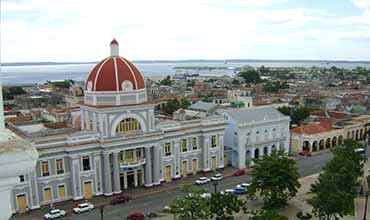
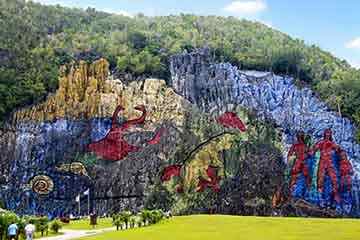 2024 Viñales
2024 Viñales
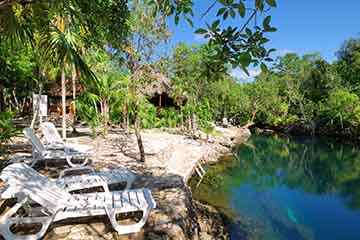 2024 Playa Larga
2024 Playa Larga
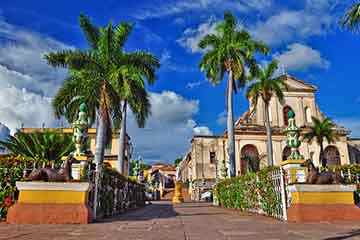 2024 Trinidad
2024 Trinidad
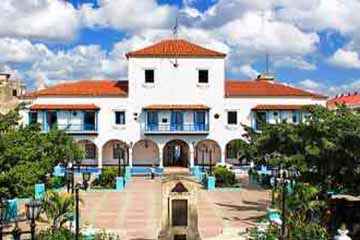 2024 Santiago de Cuba
2024 Santiago de Cuba


